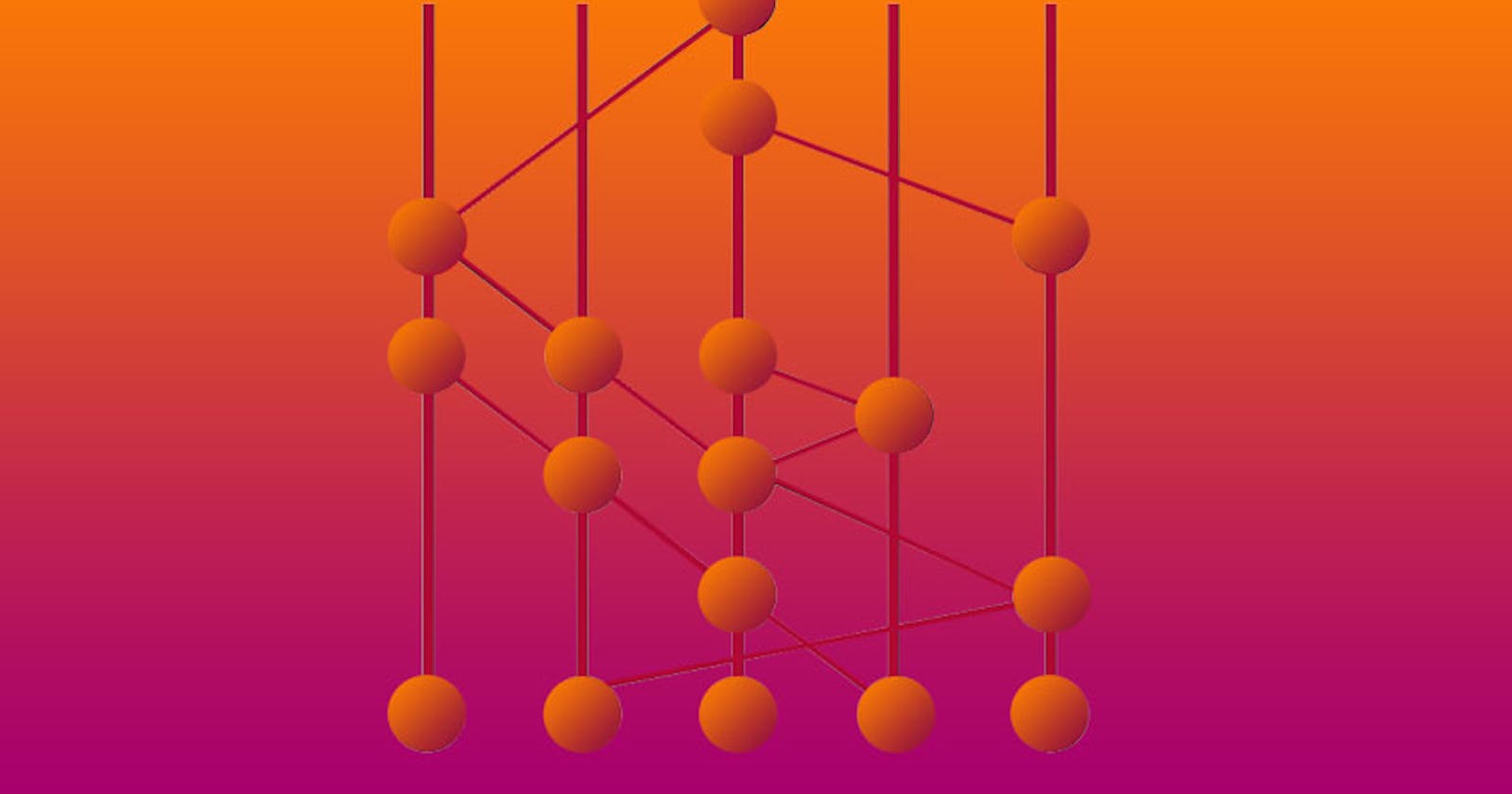Exploring Hedera Ecosystem: Brace for Impact
Understanding the Hedera Ecosystem: What's cooking?
In the previous article on Hedera, we explored the basics of Hedera Hashgraph and the network around Hedera. We also learnt about the 'Gossip about Gossip' and 'Virtual Voting'. In this article, we will learn more about the ecosystem that empowers Hedera.
Headera Governing Council

Hedera Governing Council is a decentralized governing body that oversees the direction and governance of the Hedera network. The council is made up of 39 leading global organizations from various industries, including finance, technology, and telecommunications. The council members are responsible for ensuring the stability and security of the network, as well as making decisions about its future development.
Hedera Hashgraph mitigates decentralization concerns through a clear division of governance and consensus. This governance structure ensures that no single company, a select few developers, or node operators hold excessive sway or dominance over the network. Council members are subject to a maximum term limit of three years, with the option for up to two consecutive terms, each possessing an equal vote in shaping network and platform decisions. Swirlds, the creator of Hashgraph, has a permanent seat and equal vote.
The Purpose of the Council
The primary purpose of the Hedera Governing Council is to ensure that Hedera Hashgraph remains decentralized, stable, and secure. It achieves this by representing a diverse range of stakeholders and interests, preventing any single entity from having undue control over the network. Here are some key responsibilities and roles of the council:
Consensus Decisions: Council members participate in consensus decisions regarding network upgrades, policies, and key changes, making sure that these decisions reflect a broad consensus among various stakeholders.
Network Stability: They work collectively to maintain the stability, security, and performance of the Hedera network. This includes addressing any potential threats or vulnerabilities promptly.
Access Control: The council has a say in onboarding new members, ensuring that only reputable organizations with a vested interest in the network's success can join.
Legal and Regulatory Compliance: Council members assist in navigating legal and regulatory challenges, contributing to the platform's global compliance efforts.
Consensus and Mirror Nodes: The Backbone of Hedera Hashgraph
At the heart of Hedera Hashgraph's innovative distributed ledger technology (DLT) are two crucial components: the Consensus Mechanism and Mirror Nodes. These elements work in tandem to ensure the security, transparency, and reliability of the network.
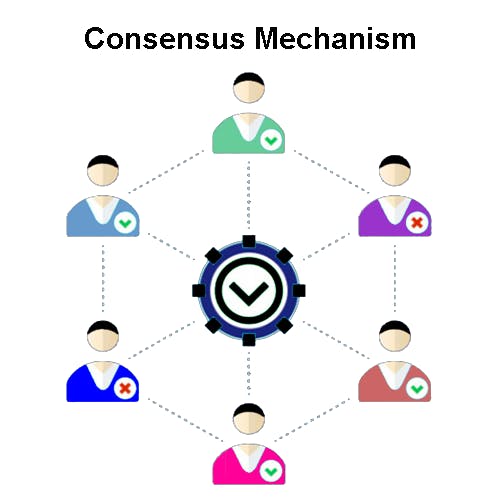
Consensus Mechanism in Hedera Hashgraph
Hedera Hashgraph employs a unique consensus mechanism known as Asynchronous Byzantine Fault Tolerance (ABFT). This mechanism is designed to achieve high levels of security and efficiency. Here's how it works:
Gossip Protocol: Hedera Hashgraph nodes communicate with each other using a Gossip Protocol. In this process, nodes share information about transactions and events they have witnessed.
Eventual Consistency: Over time, nodes collectively build a directed acyclic graph (DAG) structure known as the Hashgraph. This DAG contains all transactions and their consensus timestamps.
ABFT Consensus: The ABFT consensus algorithm ensures that all nodes eventually agree on the order and validity of transactions without the need for resource-intensive proof-of-work (PoW) or proof-of-stake (PoS) mechanisms. This results in high throughput and low latency.
Timestamping: Hedera Hashgraph uses a system of timestamps to order transactions accurately. This mechanism prevents issues like double-spending and ensures the integrity of the ledger.
Fairness: The consensus mechanism promotes fairness by allowing nodes to take turns proposing and voting on transactions. No single node or group of nodes has undue control over the network
You can read and learn about the "Gossip about Gossip" and "virtual voting" here:
For now, let's focus on the Mirror nodes in the Hedera Hashgraph ecosystem:
Mirror Nodes:
Mirror Nodes are an integral part of Hedera Hashgraph's commitment to transparency and accessibility. They serve several important functions within the ecosystem:
Transaction History: Mirror Nodes maintain a full and publicly accessible history of all transactions on the Hedera network. This transparency allows users to independently verify transactions and monitor network activity.
Public Ledger: The data provided by Mirror Nodes is often referred to as the "public ledger." It allows developers, businesses, and users to access transaction data for various purposes, including auditing and analytics.
Decentralization: Mirror Nodes contribute to the decentralized nature of the Hedera network. By providing open access to transaction history, they ensure that no single entity controls or monopolizes data related to the network's activities.
Supporting Use Cases: Mirror Nodes are essential for applications that require real-time access to transaction data, such as supply chain tracking, auditing, and financial services.
HBAR Tokens
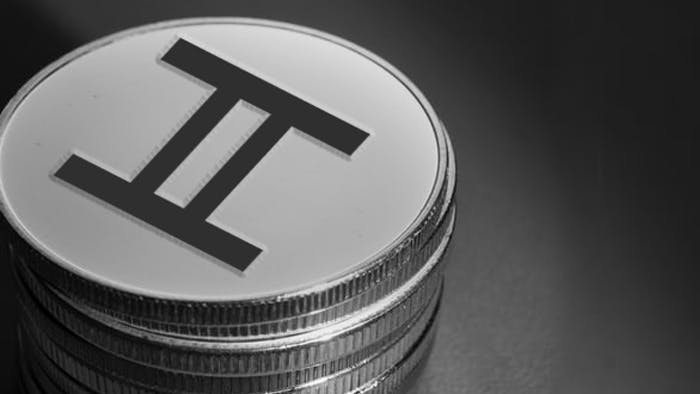
In the Hedera Hashgraph ecosystem, HBAR tokens serve as the native cryptocurrency and the lifeblood of the network. These tokens play a pivotal role in facilitating transactions, providing network security, and enabling various applications and services. Let's explore the significance and functionality of HBAR tokens within the ecosystem:
1. Transaction Processing:
- HBAR tokens are used to pay for transaction fees within the Hedera network. Whether it's transferring digital assets, executing smart contracts, or interacting with decentralized applications (dApps), HBAR tokens are essential for processing transactions swiftly and securely.
2. Network Security:
- HBAR tokens have a crucial role in securing the Hedera network. To prevent spam and maintain the network's integrity, users are required to stake a certain amount of HBAR tokens as collateral when participating in the consensus process. This mechanism deters malicious actors and ensures that participants have a vested interest in the network's stability.
3. Smart Contracts and dApps:
- Developers and businesses can create smart contracts and decentralized applications on the Hedera platform, and HBAR tokens are often used as the means of exchange within these applications. This functionality enables a wide range of use cases, from decentralized finance (DeFi) to gaming and supply chain management.
4. Micropayments:
- HBAR tokens are well-suited for micropayments due to their low transaction costs and high throughput. This feature opens up possibilities for new business models, content monetization, and pay-per-use services, all powered by HBAR tokens.
5. Governance and Voting:
- In some blockchain and DLT networks, tokens can also be used for governance and decision-making. While the Hedera Hashgraph network primarily relies on the Hedera Governing Council for governance, the use of HBAR tokens in such processes may evolve over time.
6. Cross-Platform Compatibility:
- HBAR tokens are designed to be compatible with various blockchain platforms, enhancing their utility and interoperability. This compatibility allows HBAR tokens to be used in cross-chain transactions and DeFi projects that bridge multiple blockchain networks.
7. Economic Model:
- The economic model of HBAR tokens is designed to strike a balance between transaction cost and network security. This ensures that the network remains efficient and resistant to malicious attacks while remaining accessible to a wide range of users.
8. Accessibility and Adoption:
- HBAR tokens are actively traded on multiple cryptocurrency exchanges, making them accessible to users, investors, and developers worldwide. This availability fosters liquidity and supports the adoption of HBAR within the broader crypto ecosystem.
In conclusion, HBAR tokens are the backbone of the Hedera Hashgraph ecosystem, driving transactions, securing the network, and enabling a wide array of applications and services. As the network continues to grow and evolve, HBAR tokens are likely to play an even more significant role in shaping the future of decentralized technology and innovation.
Accounts in Hedera Hashgraph
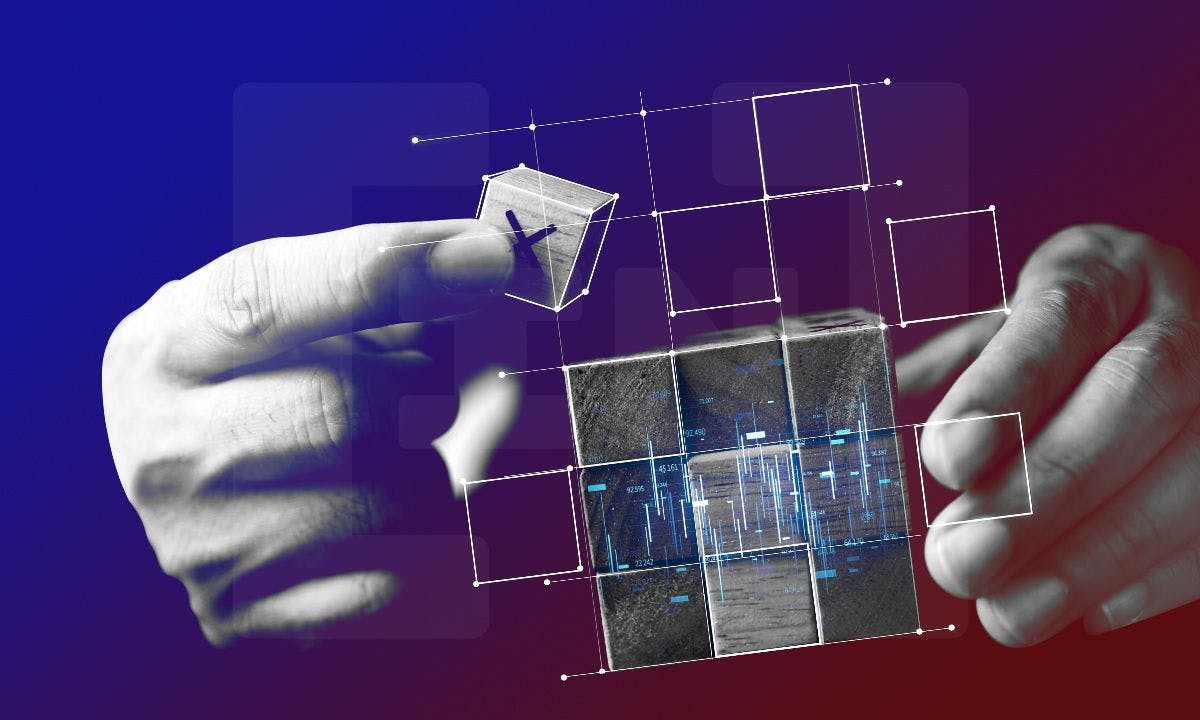
In the Hedera Hashgraph ecosystem, user accounts are essential components that enable individuals and entities to interact with the network, participate in transactions, and access decentralized applications (dApps). These accounts serve as digital identities, and they play a fundamental role in how users engage with the platform. Here's a closer look at accounts in Hedera Hashgraph:
In the Hedera Hashgraph ecosystem, user accounts are essential components that enable individuals and entities to interact with the network, participate in transactions, and access decentralized applications (dApps). These accounts serve as digital identities, and they play a fundamental role in how users engage with the platform. Here's a closer look at accounts in Hedera Hashgraph:
1. Account Creation:
- To begin their journey within the Hedera network, users must create accounts. Account creation typically involves generating a pair of cryptographic keys: a public key (referred to as the account ID) and a private key (used for authentication and transaction signing).
2. Digital Wallets:
- Users often manage their accounts through digital wallets, which are software applications or hardware devices designed to securely store private keys and facilitate transactions. These wallets provide a user-friendly interface for account management.
3. Transaction Signatures:
- To initiate any action on the Hedera network, such as transferring HBAR tokens or interacting with a smart contract, users must sign their transactions with their private keys. This cryptographic process ensures the authenticity and security of transactions.
4. Balance Tracking:
- Hedera Hashgraph accounts maintain a balance of HBAR tokens, which reflects the number of tokens owned by the account. Users can check their balance at any time to monitor their assets within the ecosystem.
5. Interactions with Smart Contracts:
- Accounts are integral to smart contract interactions. They can initiate transactions with smart contracts, execute functions within contracts, and receive outputs or assets in return, all of which require a valid account with the necessary HBAR balance.
Transactions in Hedera Hashgraph
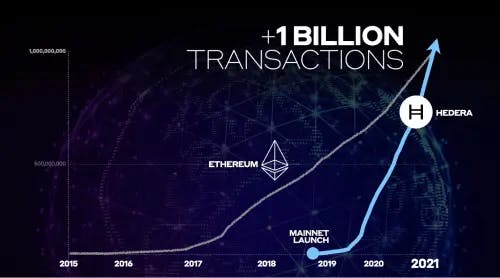
Transactions are the lifeblood of any blockchain or distributed ledger technology (DLT), and Hedera Hashgraph is no exception. The Hedera network processes a wide range of transactions daily, ranging from cryptocurrency transfers to interactions with smart contracts and data storage. Here's a closer look at Hedera Hashgraph transactions and what makes them stand out:
1. Speed and Scalability:
- Hedera Hashgraph is known for its remarkable speed and scalability. Transactions on the network are processed quickly, often within seconds, thanks to the platform's high throughput capabilities. This makes it suitable for applications that require real-time transaction processing.
2. Low Transaction Costs:
- Transaction fees on the Hedera network are typically low, making it cost-effective for users to send HBAR tokens or interact with smart contracts. This affordability enhances the network's appeal for a wide range of users and use cases.
3. Smart Contracts and dApps:
- Hedera Hashgraph supports the execution of smart contracts and decentralized applications (dApps). These transactions enable automated, trustless interactions, opening up a vast array of possibilities for developers and businesses.
4. Consensus Timestamps:
- Each transaction on Hedera Hashgraph is assigned a consensus timestamp, ensuring an accurate and immutable record of when the transaction occurred. This feature is particularly important for applications that require precise time tracking.
5. Security and Trust:
- The platform's consensus mechanism, Asynchronous Byzantine Fault Tolerance (ABFT), ensures that transactions are secure and tamper-proof. The network's robust security measures protect against double-spending and unauthorized alterations.
6. Transparency and Immutability:
- Transactions on Hedera Hashgraph are recorded on an immutable ledger, providing transparency and auditability. This quality is essential for applications that require an indelible record of transactions, such as supply chain tracking and auditing.
7. Energy Efficiency:
- Unlike some other blockchain platforms that rely on energy-intensive proof-of-work (PoW) mechanisms, Hedera Hashgraph employs a more energy-efficient consensus process. This reduces the environmental impact while maintaining high security.
8. Micropayments:
- Hedera Hashgraph is well-suited for micropayments due to its low transaction fees and high throughput. This capability opens up opportunities for new business models and content monetization strategies.
9. Cross-Chain Compatibility:
- Transactions on the Hedera network can be designed to interact with other blockchain networks, enabling cross-chain transactions and interoperability.
10. Public Ledger:
- All transactions on Hedera Hashgraph are recorded on a public ledger, which is accessible to anyone. This openness fosters trust and accountability within the network.
In conclusion, Hedera Hashgraph transactions offer a compelling blend of speed, security, and transparency, making them suitable for a wide range of applications and use cases. Whether it's transferring HBAR tokens, executing smart contracts, or participating in decentralized applications, Hedera Hashgraph transactions are a fundamental building block of a vibrant and innovative ecosystem.

